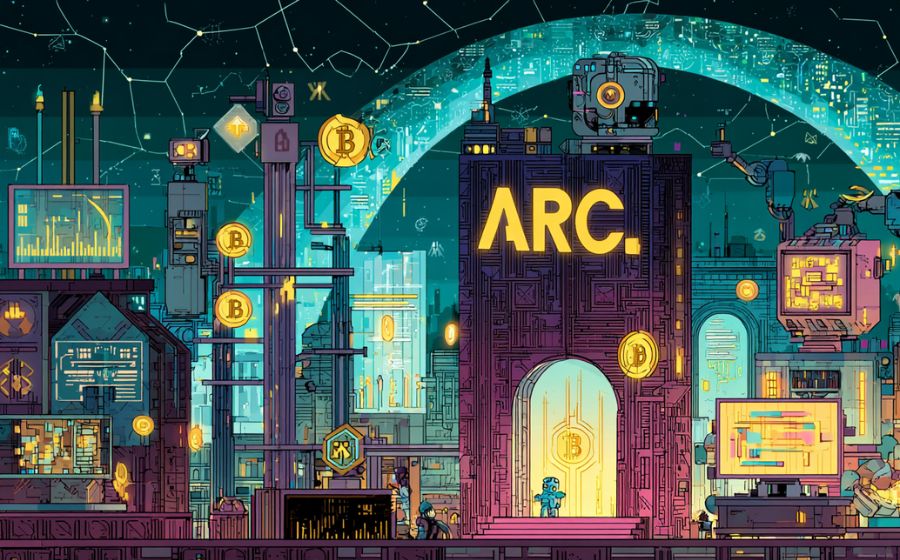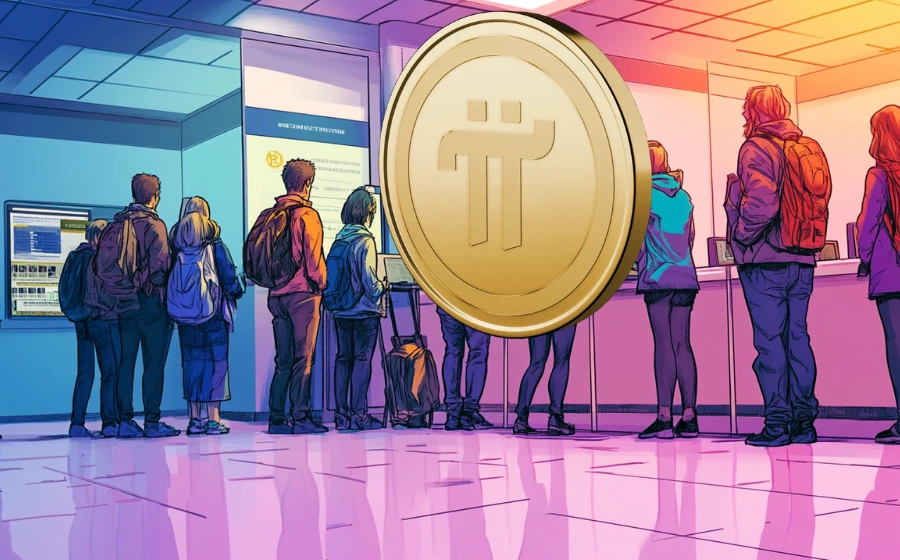
KEYTAKEAWAYS
-
Arc.network marks Circle’s transformation from a stablecoin issuer to a full-stack financial infrastructure builder, reclaiming control over settlement, cost, and monetary logic within blockchain systems.
-
By using USDC as native gas and embedding compliance and determinism into its core architecture, Arc turns blockchain into an institutional-grade settlement network that merges stability with programmability.
-
Arc embodies the convergence of traditional finance and Web3, uniting banks, DeFi protocols, and AI agents under a shared protocol where money effectively becomes software.

CONTENT

FROM TENANT TO ARCHITECT
In the history of crypto few events reveal such deliberate intent as this one. Circle, long regarded as the quiet backbone of the stablecoin era, finally made its defining move. Its Layer 1 blockchain Arc.network arrived not as a new playground for speculation but as what Circle calls the economic operating system of the internet. Beneath that phrase lies a precise ambition to give money its own native language.
For years Circle lived inside the architectures of others. USDC fueled liquidity on Ethereum Solana and Base, yet every transaction paid rent to those networks in gas. The company issued the most trusted on chain dollar but never owned the territory it circulated in. Arc.network is Circle’s correction of that imbalance, a reclamation of financial sovereignty. It marks a quiet inversion of hierarchy. Instead of stablecoins serving blockchains, blockchains now serve the stablecoin.
This shift is not rebellion but authorship. Circle understands that whoever controls the settlement layer controls the syntax of the future economy. Arc.network makes USDC the primary language of computation with gas fees in dollars, transaction costs predictable, and settlement completed in under a second. It is not a blockchain that hosts finance. It is finance turning itself into a blockchain.
THE ARCHITECTURE OF A NEW ORDER
Arc’s structure is not experimental but deliberate, designed for institutions that prize reliability over ideology. Its architecture stands on four engineered pillars that together translate the logic of finance into programmable form.
First, USDC denominated gas removes volatility from basic operations. Every fee is paid in a stable unit, enabling companies to forecast expenses as they do in traditional systems.
Second, configurable privacy lets firms decide what data remains transparent and what stays shielded, preserving both regulatory visibility and commercial confidentiality.
Third, deterministic finality closes transactions almost instantly, eliminating counterparty risk and making tokenized securities bonds and real world assets viable for real time clearing.
Fourth, EVM compatibility opens the door to migration. Developers keep their existing tools and frameworks while moving into a network optimized for regulated finance.
Arc is not a playground for decentralization. It is a production grade environment where trust becomes measurable. Circle’s philosophy is simple. Financial systems do not need to be anarchic to be open. They need to be dependable enough to hold real value.
THE ALLIANCE BETWEEN OLD POWER AND NEW CODE
The world understood Arc’s significance when Circle unveiled its founding partners. The list read like a merger of two eras. BlackRock, Goldman Sachs, BNY Mellon, State Street, HSBC, Deutsche Bank, Apollo, AWS, Mastercard, Aave, Uniswap, Chainlink, Coinbase, Kraken.
For the first time Wall Street and Web3 shared the same protocol. To banks, Arc offers the efficiency of blockchain without the chaos of the unregulated frontier. To DeFi it provides access to deep institutional liquidity and compliance pathways. Arc is not revolt, it is alignment.
Here smart contracts coexist with legal contracts. Liquidity pools meet custodial accounts. Compliance transforms from constraint to capability. The network acts as a negotiation table where two civilizations, finance and code, finally learn to speak the same language.
Arc symbolizes the next stage of blockchain’s evolution, not as an alternative to the financial system but as its continuation through software. It is the point where finance stops fearing the algorithm and begins to inhabit it.
THE PARADOX OF CENTRALIZED DECENTRALIZATION
But every synthesis conceals a paradox. When each validator is a regulated institution, every transaction traceable, and every fee settled in dollars, what remains of decentralization’s original pulse. Arc embodies centralized decentralization, a network governed by law yet executed by machines. It exchanges anonymity for stability and ideology for usability.
Circle never sought to protect crypto’s romantic disorder. It sought to industrialize it. The company’s mission is not to dismantle the banking system but to program it. Arc proves that decentralization can exist as architecture not anarchy, that openness can persist inside boundaries, that trust can be expressed through verification rather than belief.
Looking ahead, Arc.network may become the settlement layer where AI agents trade autonomously, where tokenized assets clear in seconds, and where stablecoins operate as the grammar of digital commerce. It bridges finance’s past with the logic of computation.
Arc is neither the end nor the betrayal of decentralization. It is the moment finance learned to calculate itself. When the world’s economies eventually settle entirely on chain, people will look back and see Arc not as another blockchain launch but as the day money became software.















